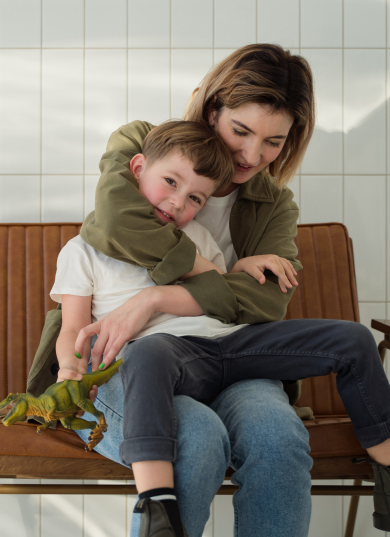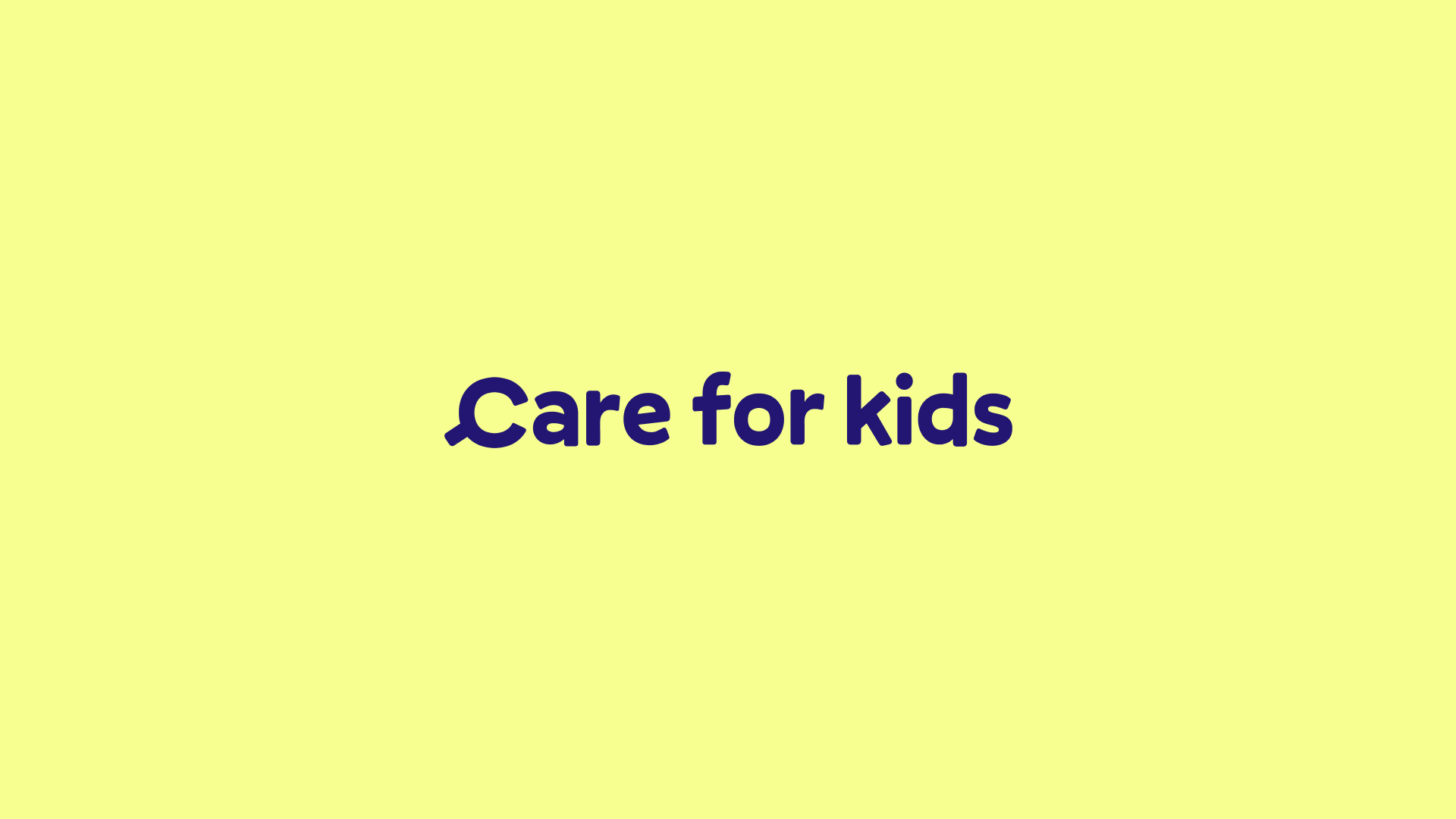COVID-19 disrupted all of our usual work, life and child care routines, and as the pandemic took hold around the world, the government had to act quickly to prevent a health – and financial – crisis here in Australia.
edited.
In the early childhood education and care (ECEC) sector, there were mass absences as families kept children home, but there was also a great need for essential workers to access reliable child care and for ECEC services to continue trading.
In recognition of this, the government introduced the Early Childhood Education and Care Relief Package on 6 April 2020 which provided free child care for families.
Instead of paying the Child Care Subsidy (CCS) and Additional Child Care Subsidy (ACCS), the government provided Relief Package payments to services, leaving parents with no bill for their children’s care.
This was not always financially beneficial for ECEC services, but it did work wonders for families and made child care accessible in challenging times.
Now that the height of the pandemic has passed in Australia, the government is rolling back the Relief Package, and from 13 July 2020, the CCS and ACCS are back in force, along with normal child care fees.
Approved ECEC services will receive a Transition Payment (instead of JobKeeper) from 13 July to 27 September 2020, and here we explain what your family needs to know – and do – before free child care ends.
How can you kick-start the Child Care Subsidy from 13 July?
The good news is that if your family was receiving the CCS before 6 April 2020 and you’re still eligible for it and enrolled, then you don’t have to do anything to get this assistance again. The CCS will start automatically on 13 July, and you’ll pay the gap between your service’s full fees and the subsidy amount.
If your family received the CCS for the 2018/2019 tax year, then it’s important to know that you must confirm your income by 30 June 2020, otherwise your CCS and ACCS will not start again on 13 July.
To confirm income, you and your partner need to:
- Lodge your tax returns with the Australian Taxation Office; or
- Complete an ‘Advise Non-lodgement of Tax Return’ with Centrelink if you don’t need to lodge a tax return (you can use the Express Plus Centrelink mobile app to do this).
You’ll be paying full fees until you confirm your income and you won’t receive back payments for the time between when your subsidies stopped and started again, so it’s important to you confirm your income before the 30th.
There’s information about the time limits for confirming income for CCS here.
If your circumstances have changed (e.g. you’re earning more/less than before or have new contact details), then it’s important that you update your information with Centrelink as soon as possible. To do this, log on to Centrelink through MyGov or use the mobile app.
If your family is new to child care, then you should put in a claim for the CCS as soon as you can. Claims can only be backdated for up to 28 days from the date you lodge them, and if you’re not getting the CCS from 13 July, then you’ll be paying full child care fees.
There’s information about eligibility for the CCS and payment calculations here, and if your family is having trouble meeting the above requirements, you can always contact Services Australia.
Is your ECEC service required to freeze its fees for now?
Yes. During the transition period from 13 July to 27 September 2020, all child care services that are receiving Transition Payments from the government are required to keep their fees at the same level they were at from 17 February to 1 March 2020 (before the Relief Package came in).
Are Child Care Subsidy Rates being indexed this year?
Yes. At the beginning of each financial year (1 July), the government increases the CCS rates by the Consumer Price Index.
This year, the rate increase will apply from 13 July 2020 (when the CCS starts being paid again) and the 2020-2021 CCS hourly rate caps will be:
- $12.20 for Centre Based Day Care (children below school age)
- $11.30 for Family Day Care
- $33.17 for In Home Care (per family)
- $10.67 for Outside School Hours Care (school aged children)
The hourly rate caps are the maximum hourly rate used to calculate families’ CCS for each type of service. Your family’s income and hours of activity are also used to determine how much CCS you can get.
What are the income thresholds for the CCS in 2020-2021?
The percentage of CCS your family is entitled to is calculated according to your combined annual income. From 13 July 2020, the following family income thresholds will apply:
| 2020-2021 CCS family income thresholds | Subsidy per cent (of actual fee charged or relevant hourly rate cap, whichever is lower) |
|---|---|
| Up to $69,390 | 85% |
| More than $69,390 to below $174,390 | Decreasing to 50%* |
| $174,390 to below $253,680 | 50% |
| $253,680 to below $343,680 | Decreasing to 20%* |
| $343,680 to below $353,680 | 20% |
| Equal to or above $353,680 | 0% |
* The subsidy gradually decreases by one per cent for each $3,000 of family income.
The government says, ‘There is no annual cap for most families receiving Child Care Subsidy’ and you can read more about annual caps here.
What changes are being made to the Activity Test for the CCS?
Your activity level affects the hours of subsidised care you can receive, and the usual CCS Activity Test has been temporarily changed to help families get back into the workforce after being impacted by COVID-19.
For up to 12 weeks, from 13 July to 4 October 2020, the government says, ‘Families can access up to 100 hours of subsidised child care per fortnight where they now have a reduced number of hours of work, training, study or other recognised activity, compared to their activity level prior to COVID-19.’
From 13 July, single parents and two-parent families can apply through Centrelink. When it comes to two-parent families, one or both parents must have reduced activity compared to their pre-COVID-19 level, and both parents should still be engaging in at least eight hours of recognised activity per fortnight.
What do you need to know about the Additional Child Care Subsidy?
ACCS is a top-up payment that provides extra child care support to eligible families. To ensure it is paid from 13 July, here’s some information about the four types of ACCS payments:
| ACCS payment type | What do families need to do? | How can families apply for this ACCS? |
|---|---|---|
| The Child Wellbeing ACCS is for children at risk of serious abuse or neglect. | If a family’s Child Wellbeing determination expires before 12 July 2020, their child care service needs to apply for a new determination to ensure payments continue. | Providers apply for this payment, so families should discuss eligibility and payment access with their child care service. |
| The Grandparent ACCS is for grandparent principal carers on income support. | If the family’s current eligibility continues past 12 July 2020, they’ll return to their ACCS entitlement from 13 July. | Families can apply through Centrelink (via mygov or the Express Plus Centrelink app). |
| The Transition to Work ACCS is for families transitioning from income support payments to work by doing work, study or training. | If a person’s eligibility for the ACCS expires before 12 July 2020, or they’ve asked to stop the payment, they need to apply and be assessed as current for Transition to Work to recommence on 13 July. | Families can apply through Centrelink (via mygov or the Express Plus Centrelink app). |
| The Temporary Financial Hardship ACCS is a short-term payment for families experiencing significant financial stress that impacts their ability to pay child care fees. It’s available for up to 13 weeks per event and covers the whole cost of care (up to 120 % of the hourly rate cap) for up to 100 hours of subsidised child care per fortnight. | Families suffering temporary financial hardship can apply now for this support from 13 July 2020. Families who applied before the Relief Package and are still experiencing financial hardship can re-apply and might be able to access the balance of the 13 weeks. | Families can apply through Centrelink (via mygov or the Express Plus Centrelink app). Families need to apply within six months of the date of the event and evidence will be required to support the application. |
In summary, the golden age of free child care is ending soon, but the government says it is committed to helping families pay for a percentage of the care our children need.
Now is the time to confirm your income (if you got the CCS in 2018/2019) and take any other steps necessary to ensure you get the child care assistance you’re eligible for.
References
Department of Education, Skills and Employment: Child Care Subsidy Rates from 13 July 2020


































